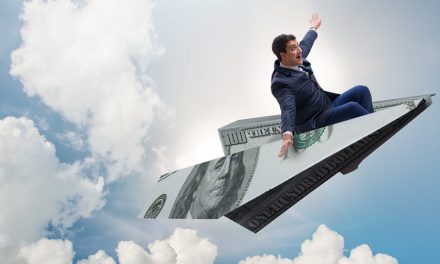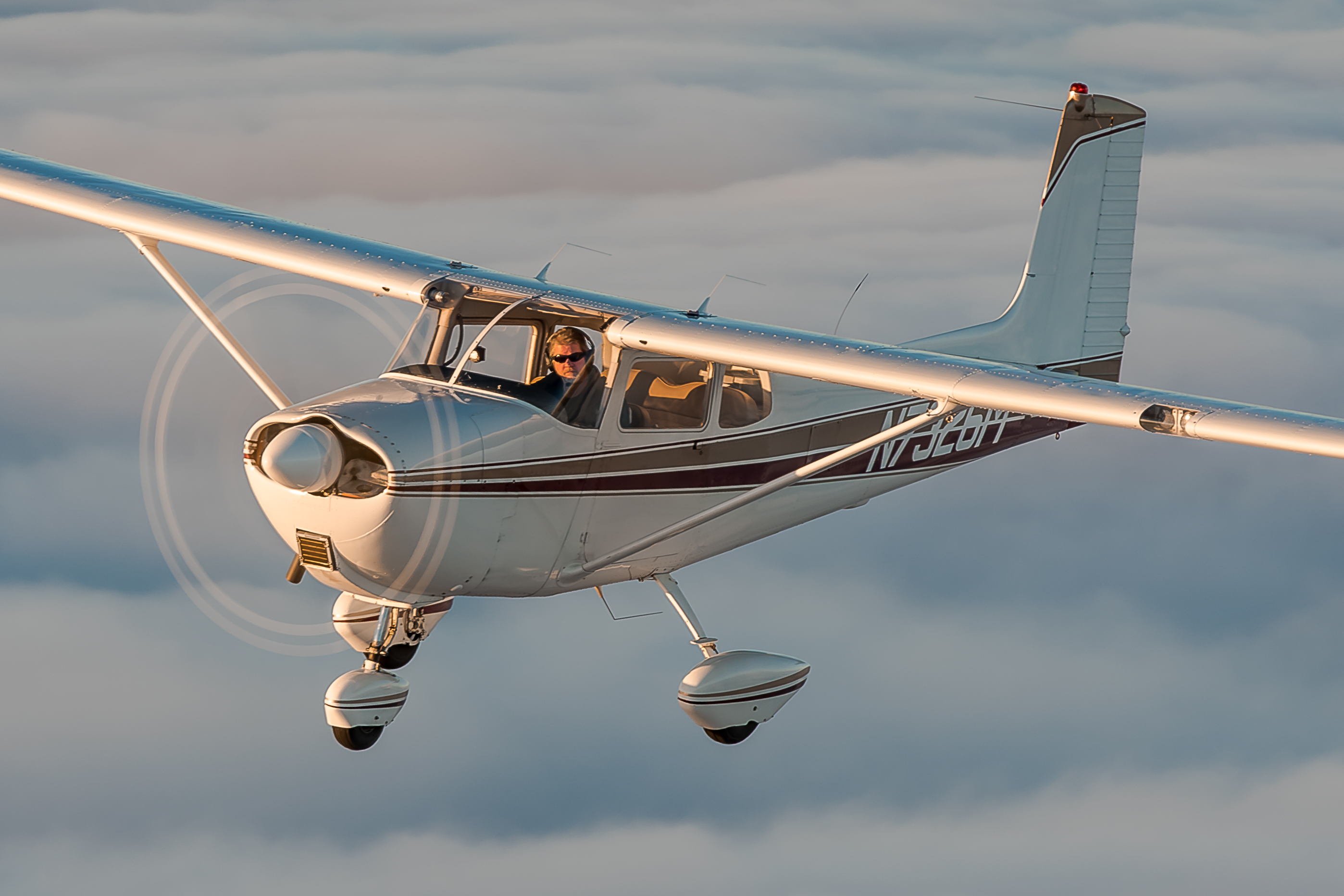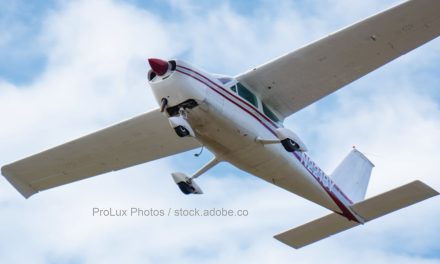As a follow up to my past article about “Your Ego Buying Aircraft You Can’t Get Insured” (Cessna Owner, March 2024 issue), I felt I should probably add some additional details.
This is just to make people aware that you can’t always get the aircraft you want, but you might be able to get what you need somewhere else. (Thank Mick Jagger and the Rolling Stones for that line). Since insurance may be driving your aircraft buying decisions, what are your options? Well, sometimes you just need to think outside the sole ownership “box”.
Personal Policy vs. Flying Club
With personal aircraft policies, the insurance companies typically quote based on the lowest qualified pilot (ratings, hours, age, etc.). That helps establish the basic premium. Then as you add pilots, they recalculate rates to find the least qualified in each area. For example, the first pilot has a private and instrument with 200 total hours. The second pilot has a private and no instrument but 500 total hours. So basically the rating would be based off of the lower ratings (private only, no instrument) and the lowest total hours (200). It can get kind of complicated. Each category: tailwheel hours, retractable gear hours, age, etc., needs to be included in the rating factor.
In addition to that, personal policies will normally allow up to four named pilots maximum. As you add more pilots the premiums typically go up. The first two pilots are usually just based on whoever is the lowest in each category, but three and up usually incur an additional premium because of the number of pilots. So even if you are adding a higher timed pilot, there may still be a charge to add them because they are the 3rd or 4th pilot on the policy.
The basic idea is that the more pilots there are, the longer the plane can be in the air, which increases the risk of a claim. That is why the insurance companies keep the maximum number of pilots low.
Now, depending on the aircraft and insurance company, the policy might include something called an “Open Pilot Warranty/Clause” (OPW or OPC). The OPW is for occasional use pilots that are not owners of the aircraft, who meet specific requirements listed in the policy.
A sample OPW for an aircraft like a Cessna 172 or Cherokee Archer would be the following:
“Any person holding a currently effective certificate issued by the Federal Aviation Administration designating him or her a private, commercial or airline transport pilot, airplane category, with a single engine land rating, who has a minimum of 300 total logged flying hours of which not less than 25 hours shall have been in this make and model aircraft.”
So, for example, if a friend came in from out of town and wanted to fly your aircraft, as long as they met all of the requirements in the OPW, and had your permission, they would be covered to fly the aircraft. If the pilot started flying more often, the underwriters would typically want to see them added as a Named Pilot on the policy, so they can charge the appropriate amount of premium for the risk.
Each underwriter has a different opinion of how often “occasional” is, though. I knew one underwriter that felt occasional use was only once a quarter. Another underwriter felt that the OPW use was once a month. It’s not a set limit, it’s just not supposed to be a regular user. Oh, and most companies’ OPWs do not mention age in the requirements. There is only one company that I know of whose OPW says that a pilot needs to be between the age of 25 years to 65 years old. Typically, OPWs just include ratings and hours.
Once you get to four pilots, most companies will remove any form of an OPW. In fact, they change the OPW to a “NPO” which means – Named Pilots Only. Simply put, if you are not a named pilot on the policy you are not approved to fly the aircraft. If your policy is an NPO policy, and you let someone who is not named on the policy fly the plane, you do not have any coverage from the policy.
The rest of this article can be seen only by paid members who are logged in.Have a website login already? Log in and start reading now.
Never created a website login before? Find your Customer Number (it’s on your mailing label) and register here.
JOIN HERE
Still have questions? Contact us here.






